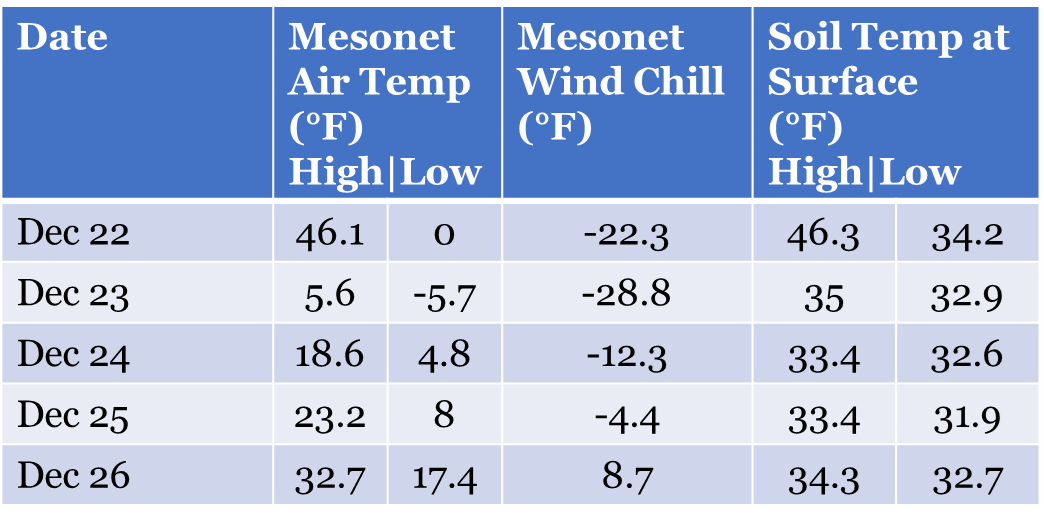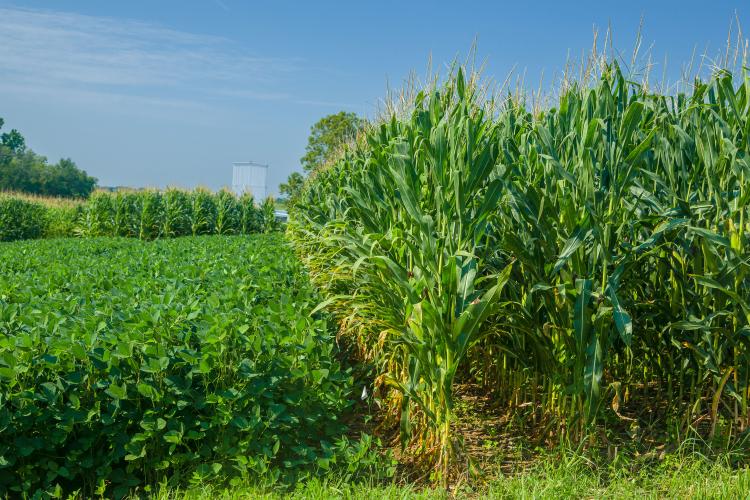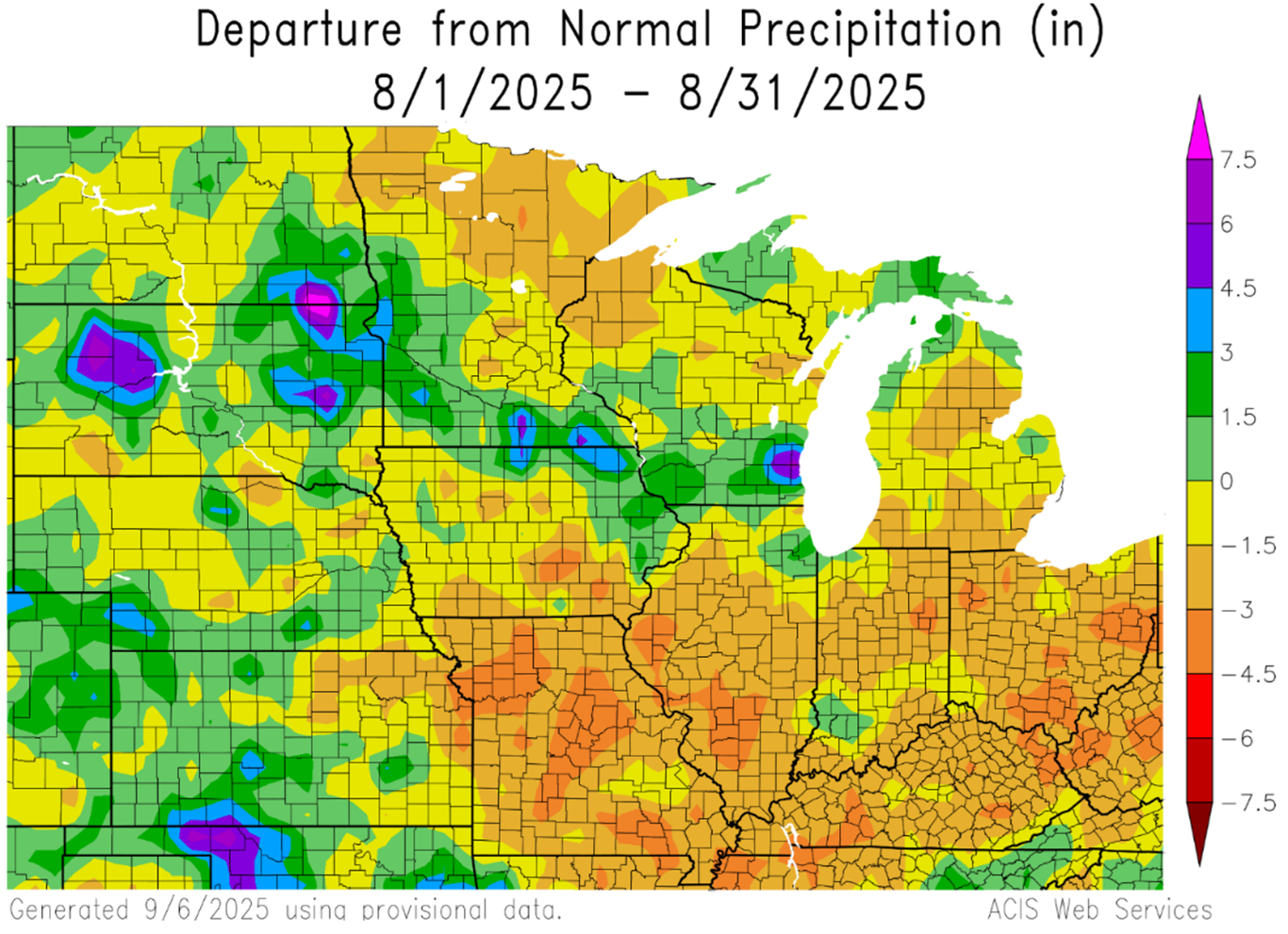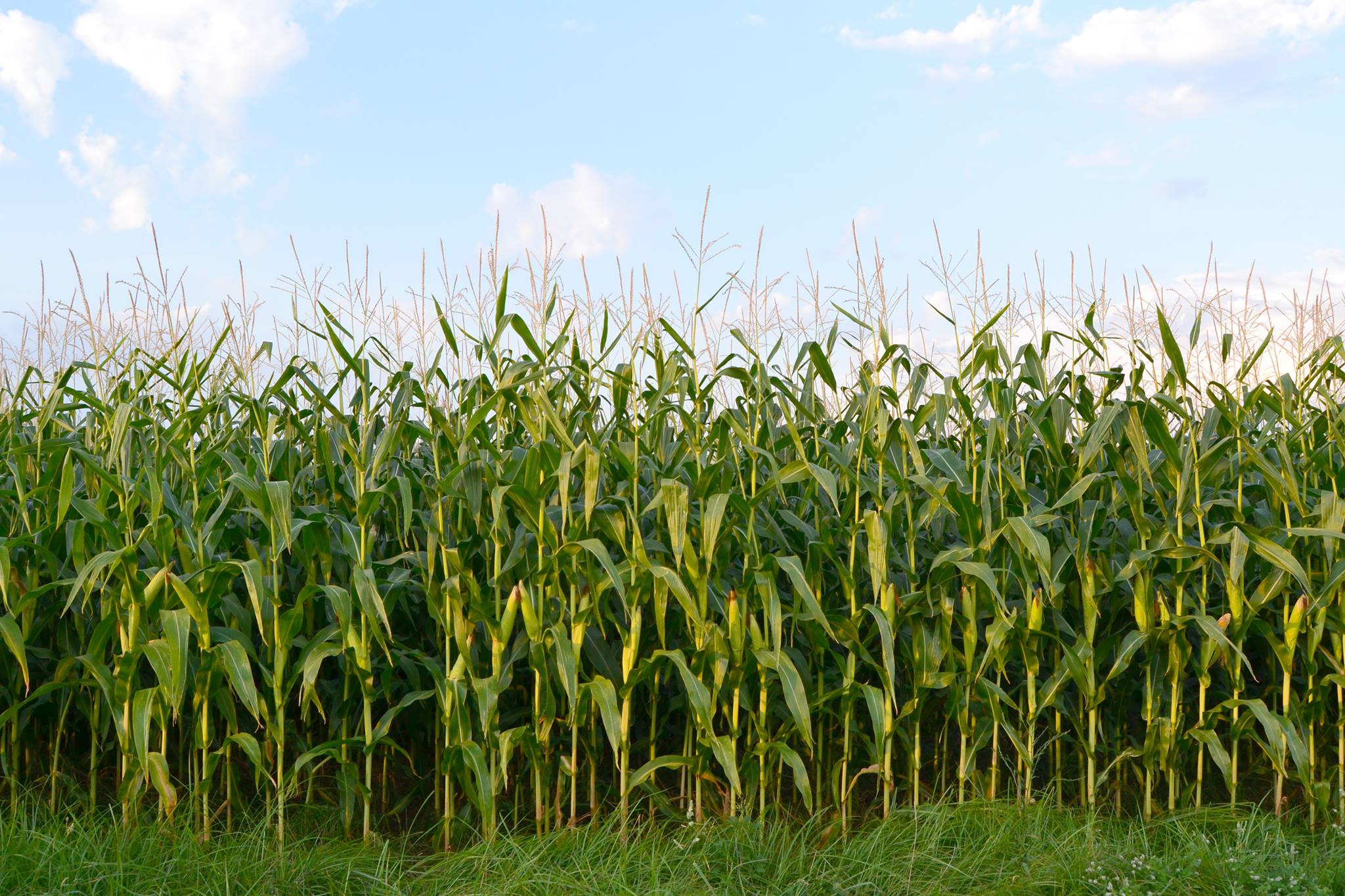Do snow and ice accumulations harm or help the wheat crop?
Do snow and ice accumulations harm or help the wheat crop?

It is not uncommon for Kentucky to experience cold and, at times, bursts of extreme cold temperatures in the winter. Following sub-freezing and especially sub-zero temperatures, wheat growers throughout the state usually ask, “Did the snow (and or ice) hurt the wheat?”
To get a better understanding of this soil, surface temperatures are being monitored in Princeton, Kentucky. During two winter weather events, both with extreme cold temperatures, snow and ice acted as insulation, protecting the wheat from the damaging temperatures.
The first of the two events occurred December 22 through December 26. During the five-day period, actual temperatures ranged from 46.1°F to -5.7°F with windchills as low as -28.8°F (Table 1). With the snow cover, temperatures remained above freezing except for briefly on December 25. The snow provided enough protection from harsh wind chills that plants showed no signs of freeze injury after 5 days of active growing temperatures (above 40°F).
Table 1: Air temperature, wind chill and soil surface temperatures in Princeton, KY 12/22/22 – 12/26/22

From January 30th to February 2nd, the majority of Western Kentucky experienced another cold weather event, which included accumulations of ice. Temperatures were not as cold as the December weather event, but ice accumulated at 0.01 – 0.02 inches. This ice acted as a layer of insulation for plants according to soil surface data and, like snow cover, showed no damage to wheat plants.
Table 2: Air temperature, wind chill and soil surface temperatures in Princeton, KY 1/30/22 – 2/2/22

When assessing wheat for freeze damage it is important to remember;
-
Wait for 4 to 5 days of active plant growth (above 40°F) to determine injury severity.
-
Accurately growth stage plants and be familiar with temperature damage thresholds.
-
That snow and ice coverage typically act as a layer of insulation and aid in regulating soil surface temperatures.
-
If freeze damage in wheat is suspected, refer to AGR 253 and ID 125
Conner Raymond, Grains Extension Associate
Dr. Carrie Knott, Grain Crops Extension Specialist
Dept of Plant and Soil Science
carrie.knott@uky.edu
348 University Dr. Princeton, KY, 42445


